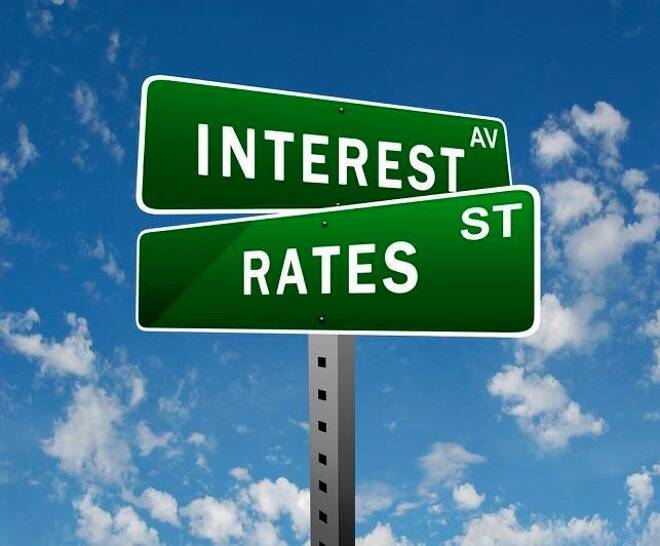Advertisement
Advertisement
Yea or Nay for the Fed after NFP, Consumer Inflation Data
By:
With the Federal Reserve’s May 3 policy minutes injecting an air of caution into the outlook for U.S. interest rates last week, investors are going to put
With the Federal Reserve’s May 3 policy minutes injecting an air of caution into the outlook for U.S. interest rates last week, investors are going to put increased weight on Friday’s U.S. Non-Farm Payrolls report.
The Federal Open Market Committee minutes said that most officials judged “it would soon be appropriate” to tighten rates again, supporting odds of a June rate hike, discussion that “it would be prudent” to ensure that evidence confirms the transitory nature of the first quarter slowdown may throw some doubt into the timing of further hikes, traders said.
Although the CME Group’s Fed Funds Indicator is showing about an 80% chance of a rate hike at the June 14 Fed monetary policy meeting, the price action by the U.S. 10-Year Treasury Notes, 30-Year Treasury Bonds, the U.S. Dollar and gold suggests there are still doubts that the central bank will follow-through with the rate hike.
Even if the Fed does hike rates 25 basis points as expected, its monetary policy statement is going to have to assure investors that the economy has turned the corner and that it has the fire power to lead to additional rate hikes later in the year.
Given the certain degree of uncertainty at the FOMC, according to the minutes, the May U.S. employment report due on June 2 is likely to take on extra importance in tipping the scales toward or away from a possible rate hike when Fed members meet June 14.
At the start of the week, Non-Farm Payrolls are forecast to have risen 177,000 in May versus a gain of 211,000 in April. Average Hourly Earnings, a key indicator of wage inflation, are expected to rise 0.2%, down slightly from the previous 0.3%. The Unemployment Rate is expected to remain steady at 4.4%.
Given the turbulence in Washington and the outlook for U.S. tax reform and fiscal stimulus looking like they’re going to be delayed because of the distractions facing President Trump, any change in monetary policy expectations fueled by the jobs report may have a significant impact on the dollar.
Most traders will be watching the headline number, but I think the key number to watch is average hourly earnings. Lower than expected gains in hourly earnings will send a warning to the Fed that the economy may be slowing.
This will be especially significant when it is combined with data on consumer spending. The big question market for the Fed after the economy’s mixed signals during the first quarter is going to be the strength of consumer spending. With the Core PCE Price Index and Personal Spending reports due to be released on Tuesday, May 30, the significance of the jobs report will be even greater if these two reports come in weaker than expected.
About the Author
James Hyerczykauthor
James is a Florida-based technical analyst, market researcher, educator and trader with 35+ years of experience. He is an expert in the area of patterns, price and time analysis as it applies to futures, Forex, and stocks.
Latest news and analysis
Advertisement
